Complete Beginner’s Guide to Hiking Mount Kilimanjaro
So, you want to summit Mount Kilimanjaro on your first try?
Reaching the roof of Africa is no easy feat, but it’s far from impossible. While climbing Mount Kilimanjaro is rated as ‘moderately difficult,’ it remains an attainable goal for the average person, especially with the right preparation. Its varied routes, breathtaking scenery, and non-technical trails make it appealing even to those with no prior mountaineering experience.
However, success isn't guaranteed. Kilimanjaro’s high altitude, unpredictable weather, and physically demanding summit push can be tough obstacles to overcome.
This beginner’s guide to hiking Mount Kilimanjaro offers practical tips, preparation strategies, and real-world insights to help you plan with confidence and give yourself the best chance of reaching the summit on your first attempt.
How Difficult is Climbing Mount Kilimanjaro for Beginners?
Kilimanjaro is considered one of the most accessible high-altitude climbs in the world. Since there’s no technical climbing on Mount Kilimanjaro, the climb is achievable for most active individuals. Additionally, Kilimanjaro’s hiking trails are not overly steep, which makes the hike enjoyable, especially with the scenery. Beginners mostly need to be fit enough to handle long hiking trails, and Uhuru Peak is within reach.

That said, Mount Kilimanjaro’s high altitude is the great equalizer in your expedition. It doesn’t matter whether you’re a beginner or an experienced mountaineer; altitude sickness can get to you.
When you get around 2,000m (6,500ft), mild symptoms of altitude sickness, such as headaches and reduced performance and coordination, may appear. Continue hiking Mount Kilimanjaro to 4,000m (13,123ft), and you will feel your body struggling to acclimatize. Shortness of breath kicks in as now the air pressure is about 60% of sea level; there’s significantly less oxygen available.
Fortunately, with proper acclimatization, focused training, thorough preparation, and following your guides’ advice, overcoming altitude issues is entirely possible, making summiting Mount Kilimanjaro feasible.
Physical Fitness and Other Requirements of Climbing Mount Kilimanjaro
Although a Mount Kilimanjaro hike doesn’t require any technical mountaineering skills, it does demand a solid level of physical fitness, mental resilience, and logistical preparation.

Physical Fitness
To successfully hike Mount Kilimanjaro as a beginner mountaineer, you need adequate cardiovascular endurance, leg strength, and core stability. Nothing elite athlete-level fitness; a well-rounded fitness base will suffice.
You need stamina for the long treks, leg strength for support and precise footwork, and core stability for balance and regulation of force between the upper and lower body.
Do You Need to Train to Climb Mount Kilimanjaro?
Training is essential for climbing Mount Kilimanjaro. It makes the trek easier, especially at high altitudes. While it may be technically possible to attempt the climb without training, it will make the hike more complicated, less safe, and reduce the chances of success. Therefore, climbers are encouraged to build endurance before taking on the highest free-standing mountain in the world.
The following activities can help you adequately train for Kilimanjaro
- Stair climbing, long-distance walking, and cycling to improve stamina
- Lunges, squats, and step-ups for leg strength
- Mountain climbers and plank exercises to improve core stability
- Weekend hikes, casual strolls, and trying to hit 10k steps a day also go a long way
These exercises and activities can help you develop a beneficial Mount Kilimanjaro training plan. Your training should begin at least 8 – 12 weeks before the start of your expedition.
Remember, the key is consistency and gradually increasing intensity to mimic the prolonged exertion of summit night.
Acclimatization

Physical fitness and training can only take you so far. Once you’re at high altitudes, you need to acclimate properly. Otherwise, altitude sickness will cut short your adventure. This is where professional guides come in. Your guide will provide strategies to help you adapt to the altitude changes and mitigate high-altitude sickness.
While hiking Mount Kilimanjaro, your guide will –
- Ensure you climb at a safe and sustainable pace
- Recommend acclimatization strategies such as lower altitude sleeping (climb high, sleep low) and rest days.
- Educate you on high altitude sickness
- Monitor for signs and symptoms of altitude sickness
- Administer first aid and medical support when the situation becomes dire
- Provide emotional support and encouragement to help you stay calm and motivated
Fortunately, it only takes about a day or two for the body to properly acclimate to high altitude, provided you don’t ascend quicker than your body can adapt. Expect an increased heart rate and depth of breathing when climbing Mount Kilimanjaro at high altitudes. Usually, this is enough to avoid getting altitude sickness.
Remember to listen to your body and keep your guide informed about how you're feeling.
Gear Requirements

Having the right gear for Kilimanjaro is critical to your hiking safety and comfort. Must-have items include
- Fitting or broken-in hiking boots
- Sleeping bag rated for sub-zero temperatures
- Trekking poles, gloves, and thermal socks
- Moisture-wicking base layers, breathable mid layers, and waterproof outer layers
- Insulated jacket
- Reusable water bottle or water bladder
You can refer to this exhaustive Mount Kilimanjaro gear list to know precisely what mountain climbing equipment you need. The gear you bring should be tested in advance to avoid surprises. If you’re bringing electrolyte packets, test them at home to ensure they don’t cause any complications. Lastly, if you’re unsure of the equipment needed to climb Mount Kilimanjaro, consult your guide ahead of time.
Medical and Age Requirements
Age Requirements
The minimum age requirement to climb Mount Kilimanjaro is 10 years. There are no upper age restrictions, meaning anyone 10 years and older can attempt to hike the highest mountain in Africa.
Fun fact* According to the Guinness World Records, in 2019, at the age of 89, Anne Lorimor became the oldest person to successfully hike Kilimanjaro.
Medical Requirements
Tanzania doesn’t enforce strict vaccination requirements, except for one key rule: if you're arriving from a country with a yellow fever risk, you must present proof of yellow fever vaccination.
Mental Preparation

Mental endurance is just as vital as physical strength when it comes to hiking Mount Kilimanjaro. Expect long days, early starts, cold nights, and moments of doubt. Preparing mentally involves:
- Embracing discomfort
- Setting daily goals
- Staying positive and flexible
- Remembering your “why”
Summiting Kilimanjaro as a beginner is not just a physical goal; it’s a test of willpower and perseverance.
Mount Kilimanjaro Climbing Routes and Hike Duration for Beginners
As someone new to high-altitude trekking, choosing the right path to the Roof of Africa can make all the difference. Each route varies in length, scenery, crowd levels, and how well it allows your body to adjust to the altitude. For beginners, longer routes are often best. A longer route gives you more time to acclimatize and enjoy the journey.
Best Mount Kilimanjaro Routes for Beginners
Lemosho Route (7–8 days)
Lemosho is the best Kilimanjaro route for beginners as it offers a quieter, more gradual ascent that is perfect for acclimatization. It starts on the mountain's western side and merges with the Machame Route at 4,630 m (15,419ft). The route’s stunning scenery and excellent acclimatization profile give it the highest summit success rate.
- Highlights: Remote rainforest, Shira Ridge, sweeping views across the Shira Plateau, stunning campsite views.

Machame Route (6–7 days)
The Mount Kilimanjaro Machame route is your second-best option. It is one of the most popular choices for first-time climbers. The route is known for its scenic beauty, which takes you through the lush rainforest, moorland, and the dramatic Barranco Wall. It follows a “climb high, sleep low” pattern, which helps with acclimatization.
- Highlights: Shira Plateau, Lava Tower, Barranco Wall, panoramic views of Mount Meru, diverse wildlife, and Stella Point sunrise view.
Other Routes Up Mount Kilimanjaro
Rongai Route (6–7 days)
The only route approaching the mountain from the North, near the Kenyan border. Mount Kilimanjaro Rongai Route is drier and less crowded, making it a good option during the rainy season. It’s slightly less scenic but easier underfoot and more gradual.
- Highlights: Views of Mawenzi Peak, alpine desert landscapes, high chances of spotting wildlife,
Marangu Route (5–7 days)
Marangu is considered the easiest route Mount Kilimanjaro because it is the only route with huts. Although the route can be completed in as little as five days, it is recommended for beginners to choose the 7 day tour option. The route's shorter acclimatization window makes it more suited for hikers with prior high-altitude experience or limited time.
- Highlights: Mandara Huts, Maundi Crater, sweeping views from Horombo Hut, high altitude desert, and Kibo Crater

Northern Circuit (8–9 days)
The longest and most gradual route for climbing Mount Kilimanjaro, perfect for those who want the highest chance of reaching the summit. The Northern circuit is a newer route that combines parts of the Lemosho and Rongai routes. You circle around the mountain, experiencing a wide range of landscapes with minimal crowds.
- Highlights: Panoramic 360° views, remote campsites, excellent acclimatization, and the unique northern wilderness.
The Best Mount Kilimanjaro Hike Length for Beginners
A 7–9 day Kilimanjaro tour is perfect for first-time climbers. It gives your body time to adjust to the altitude and increases your chances of a successful, safe summit. Shorter routes may seem appealing, but rushing the climb is the top reason beginners don’t make it to Uhuru Peak.
We recommend the 7-day Mount Kilimanjaro Lemosho Route tour as your first Kilimanjaro hike.
How to Climb Mount Kilimanjaro as a Beginner

Climbing Africa’s highest mountain is a challenge, but with the right plan, it can be an achievable and unforgettable adventure.
Follow these beginner-friendly steps:
Step 1: Choose a Reputable Tour Company
While training and route selection are critical, choosing the right tour operator can make or break your Kilimanjaro experience. Your operator directly impacts the quality of guidance, meals, safety protocols, and overall support throughout the climb. For the best experience, select a licensed company that prioritizes safety, employs experienced guides, follows proper acclimatization practices, and ensures fair treatment of porters.
EquitorialStar delivers high-quality trekking services for both Mount Kilimanjaro and Mount Kenya, combining expert leadership with responsible, guest-focused expeditions.
Step 2: Choose the Right Route for You
Go for a route with a gradual ascent and one that provides enough days for acclimatization. The best Kilimanjaro route for beginners is Lemosho route. It offers a gradual climb with fantastic views. The route is also less crowded, making it perfect for beginners looking for a serene Mount Kilimanjaro hike.
Step 3: Book Your Trip
Once you know which tour company and route to go for, book your trip at your best time. Ensure you give yourself enough time between booking and the start date to train adequately for the climb.
Step 4: Train Ahead of Time
Start training to hike Mount Kilimanjaro at least 8 weeks before your trek. Focus on:
- Hiking with a backpack
- Cardio and endurance workouts
- Leg and core strength
Ensure you’re in your best hiking shape by the time you start.
Step 5: Gather the Right Gear
Quality gear keeps you safe and comfortable. Essentials include:
- Fitting hiking boots
- Layered clothing for cold and wet weather
- Sleeping bag rated for -10°C
- Trekking poles, headlamp, gloves, and hydration system
Step 6: Mentally Prepare for the Hike

Keep in mind that summit night is the most challenging part of the climb. While hiking Mount Kilimanjaro, stay positive and motivated. Remember to take it one step at a time and focus on your breathing. Mental strength is just as important as physical conditioning.
Step 7: Respect the Mountain and Team
Listen to your guides, support your teammates, and enjoy the journey. The relationships, scenery, and sense of accomplishment are as valuable as the summit itself.

The Best Time to Climb Mount Kilimanjaro for Beginners
The best times to climb Mount Kilimanjaro are during the dry seasons: January to March and June to September. These periods offer the most stable weather, clearer skies, and favorable trail conditions, making your ascent safer and more enjoyable. Booking your trek during these windows increases your chances of a successful summit.
Final Thoughts
Climbing Mount Kilimanjaro is a challenge that’s within reach for anyone. You don’t need to be an experienced mountaineer; you only need to be ready for the hike, trek at a steady pace, and respect the journey. Don’t rush the climb;20 give your body time to acclimate, listen to your guides, and soak in every moment. Every step is worth everything, from the diverse landscapes to the cultural connections and the view from the Roof of Africa. Prepare well, stay positive, and you'll be ready to cross Kilimanjaro off your bucket list.

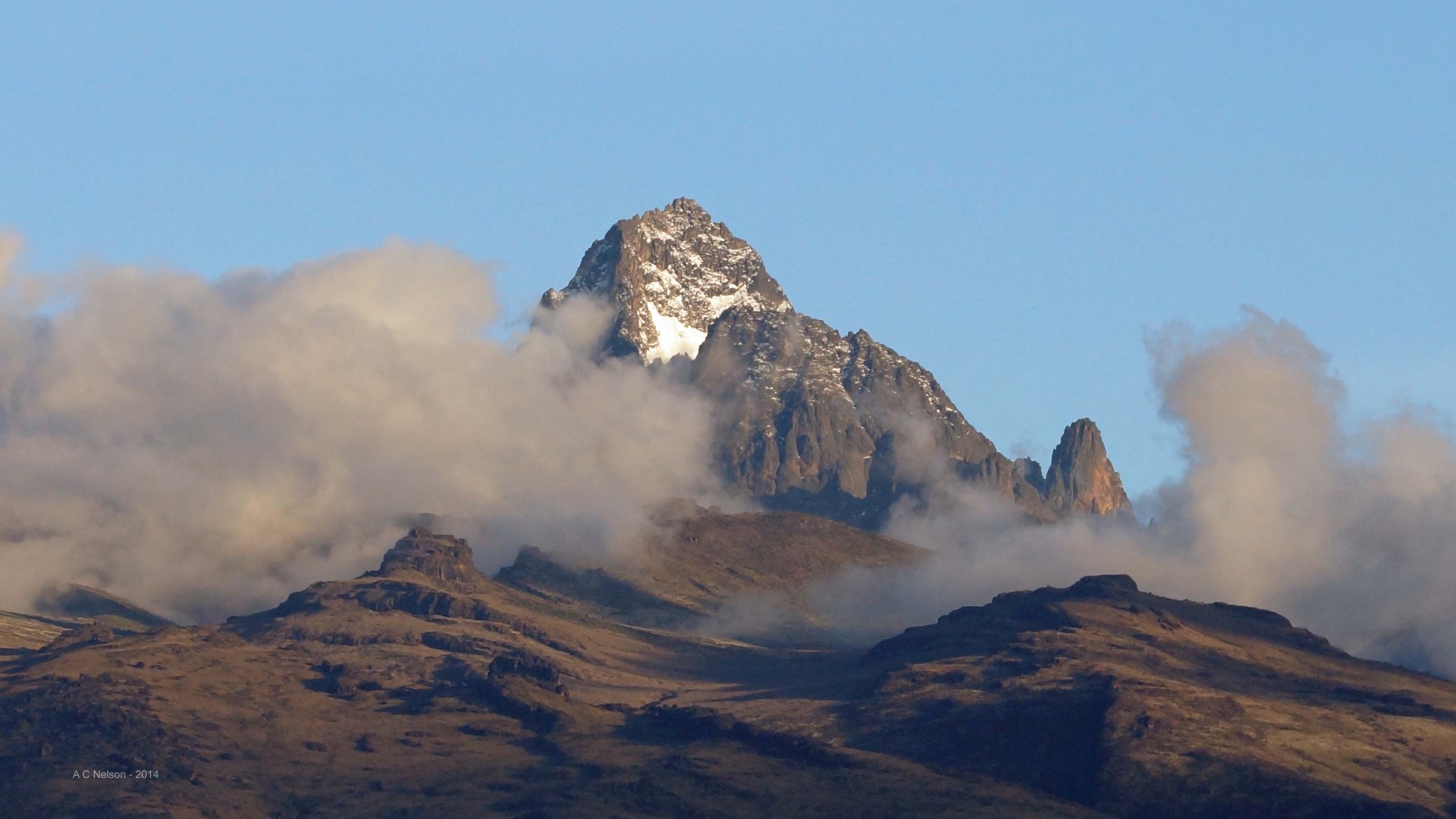


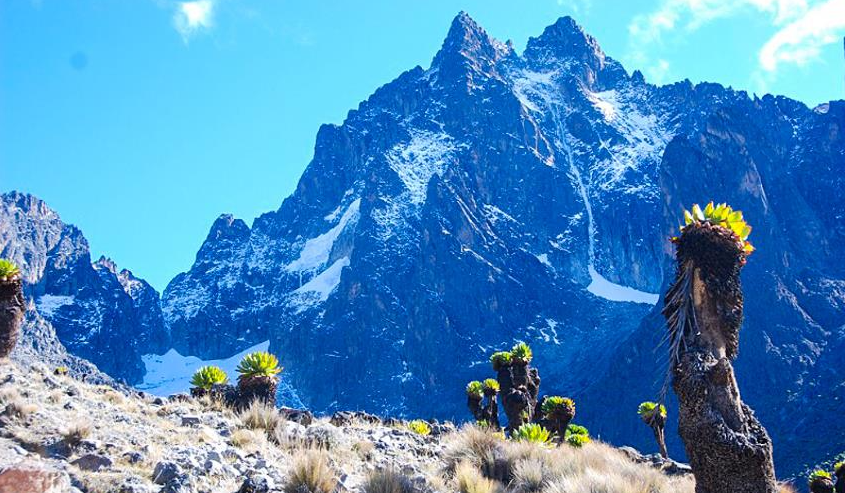
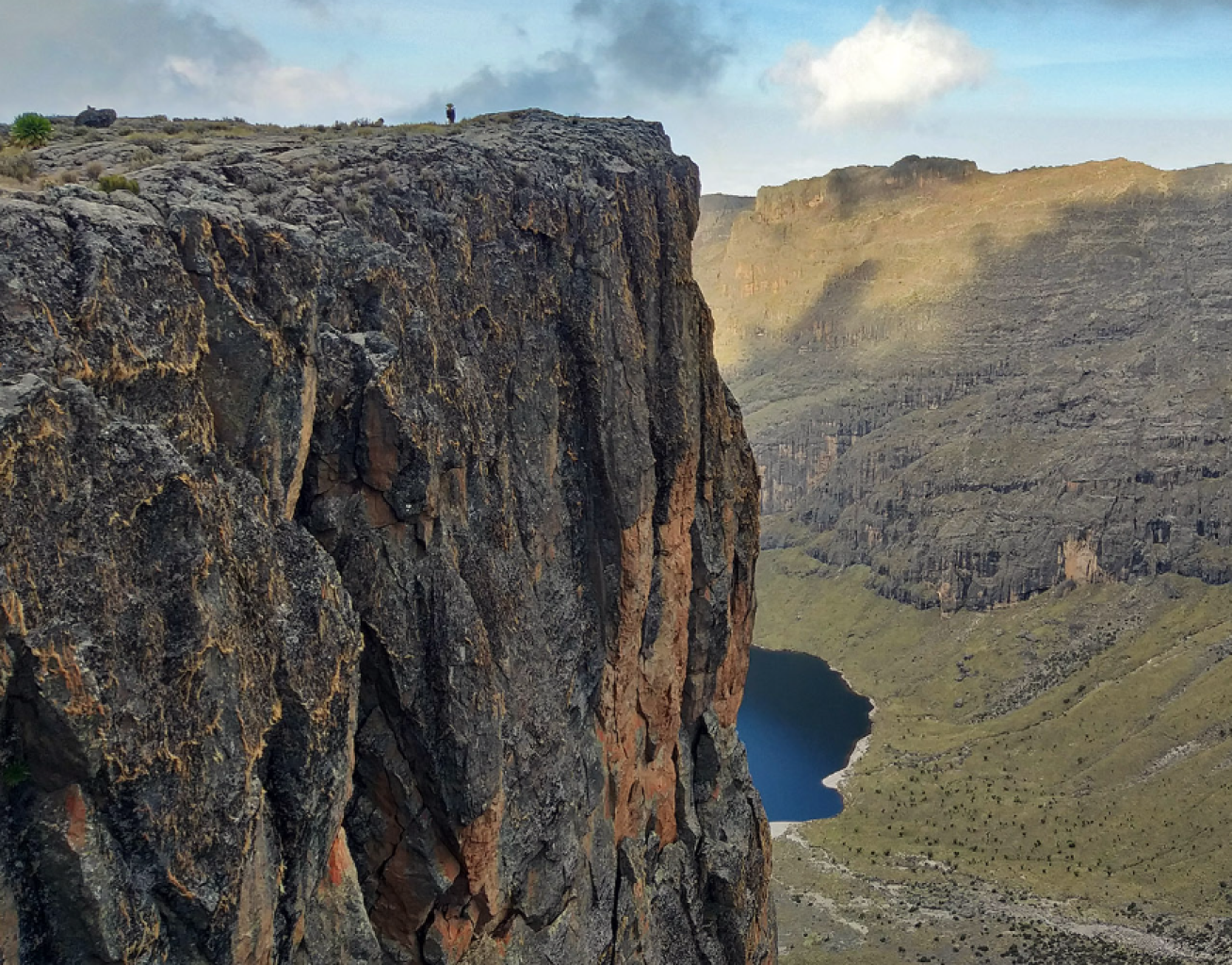
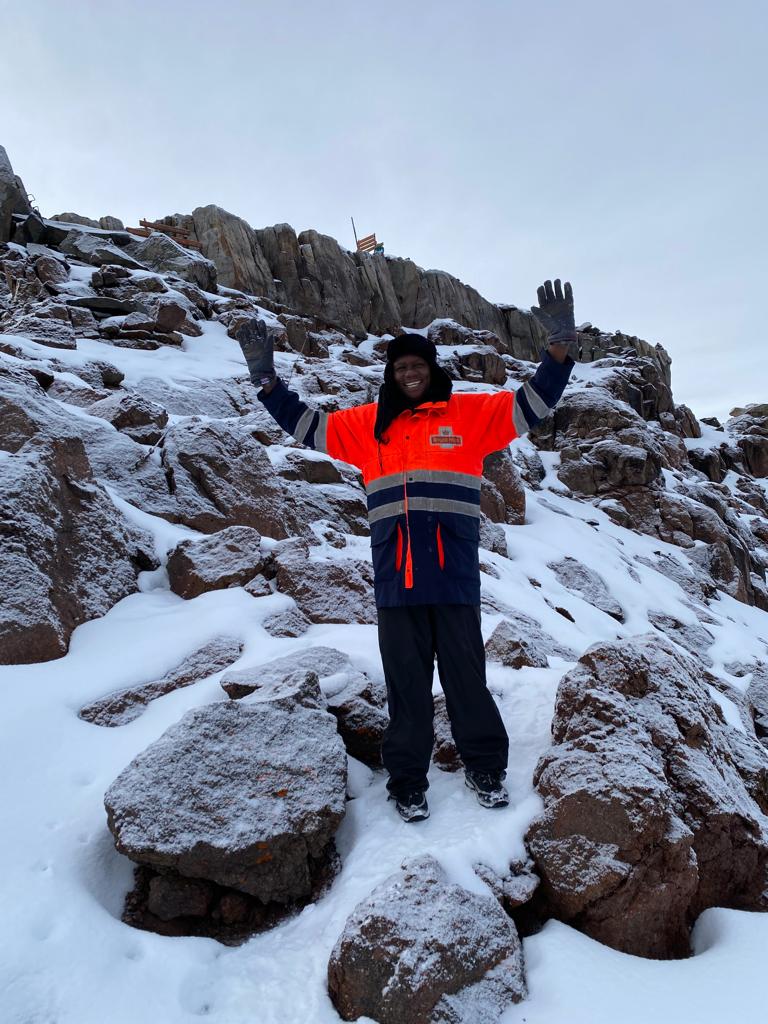
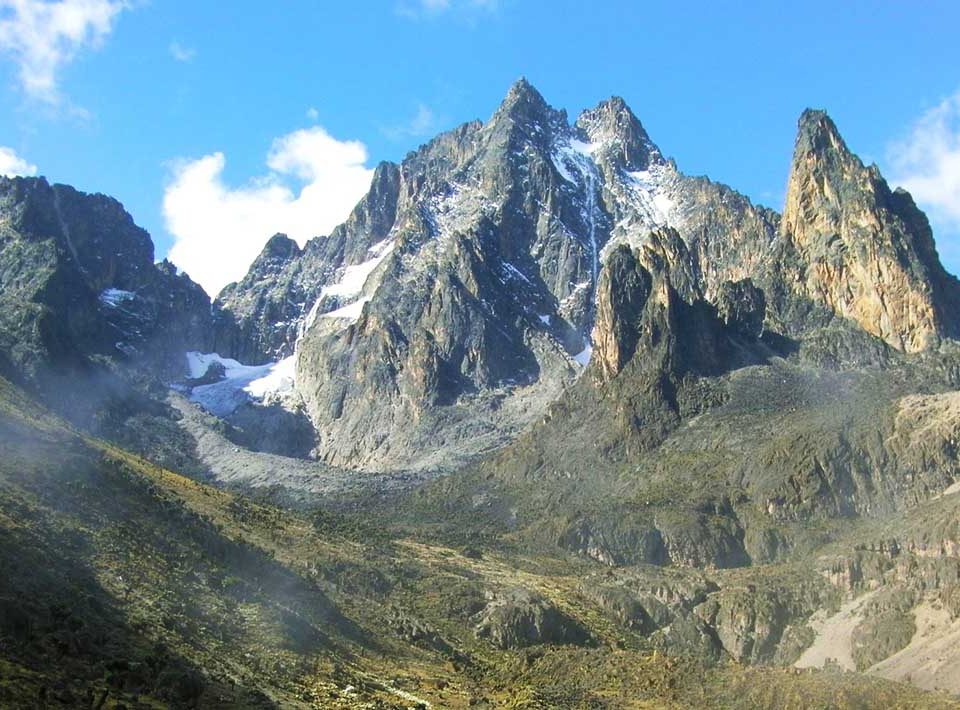
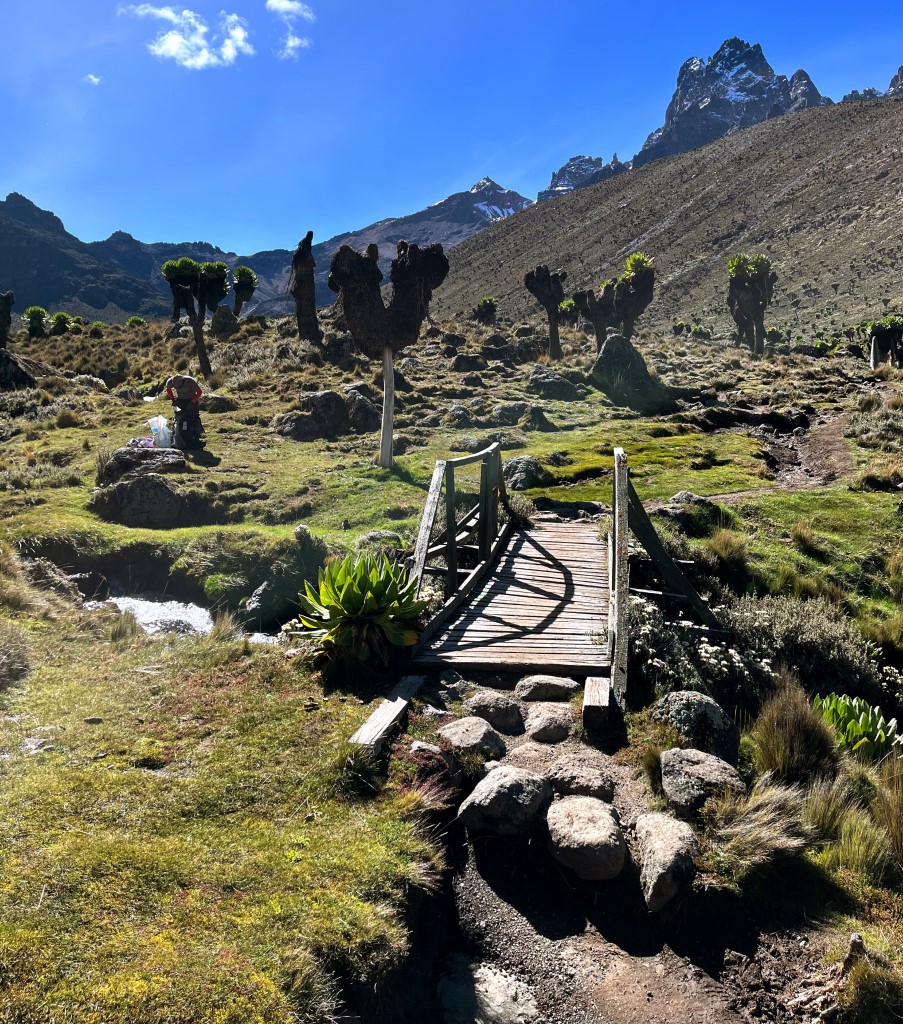
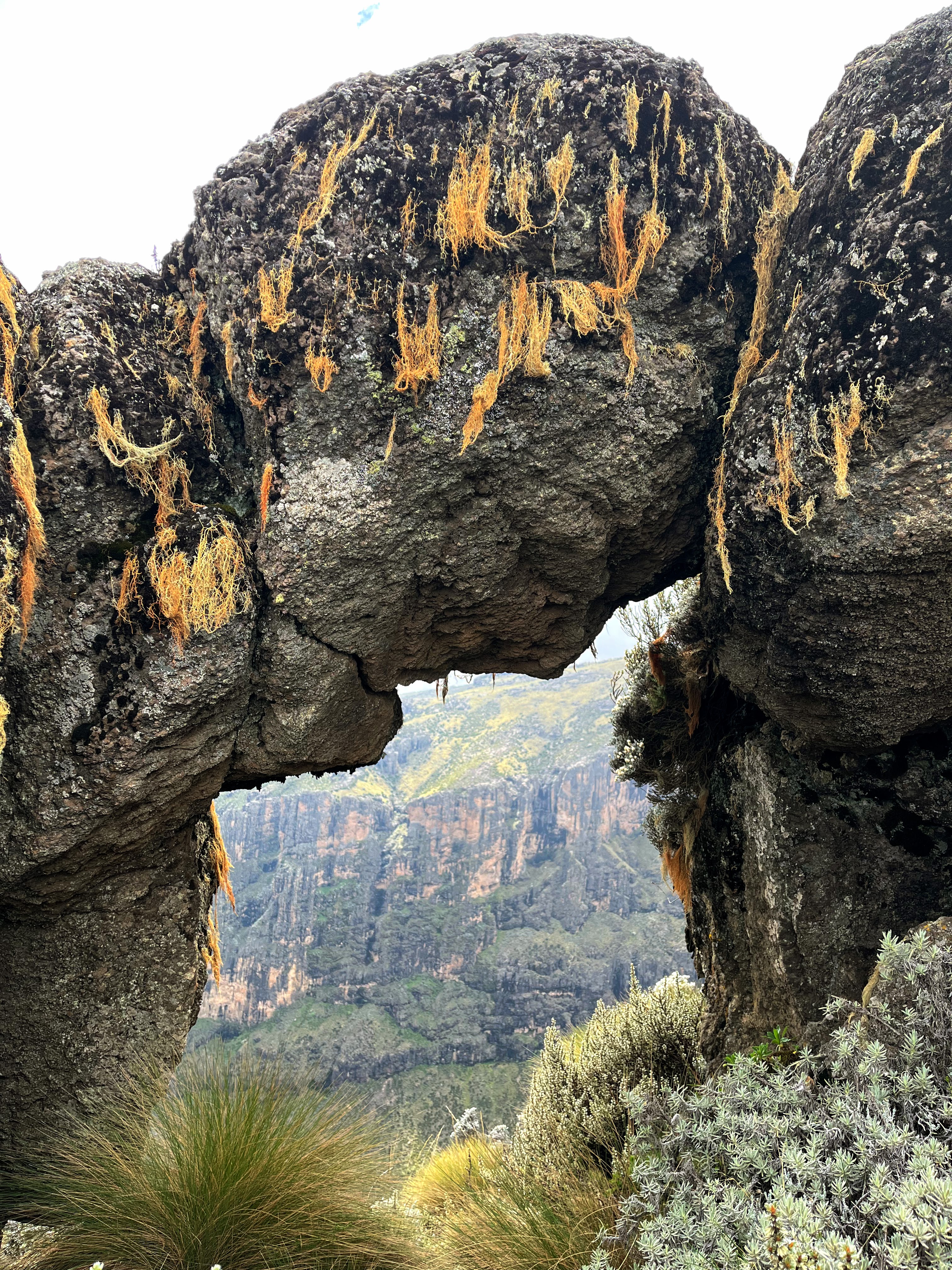
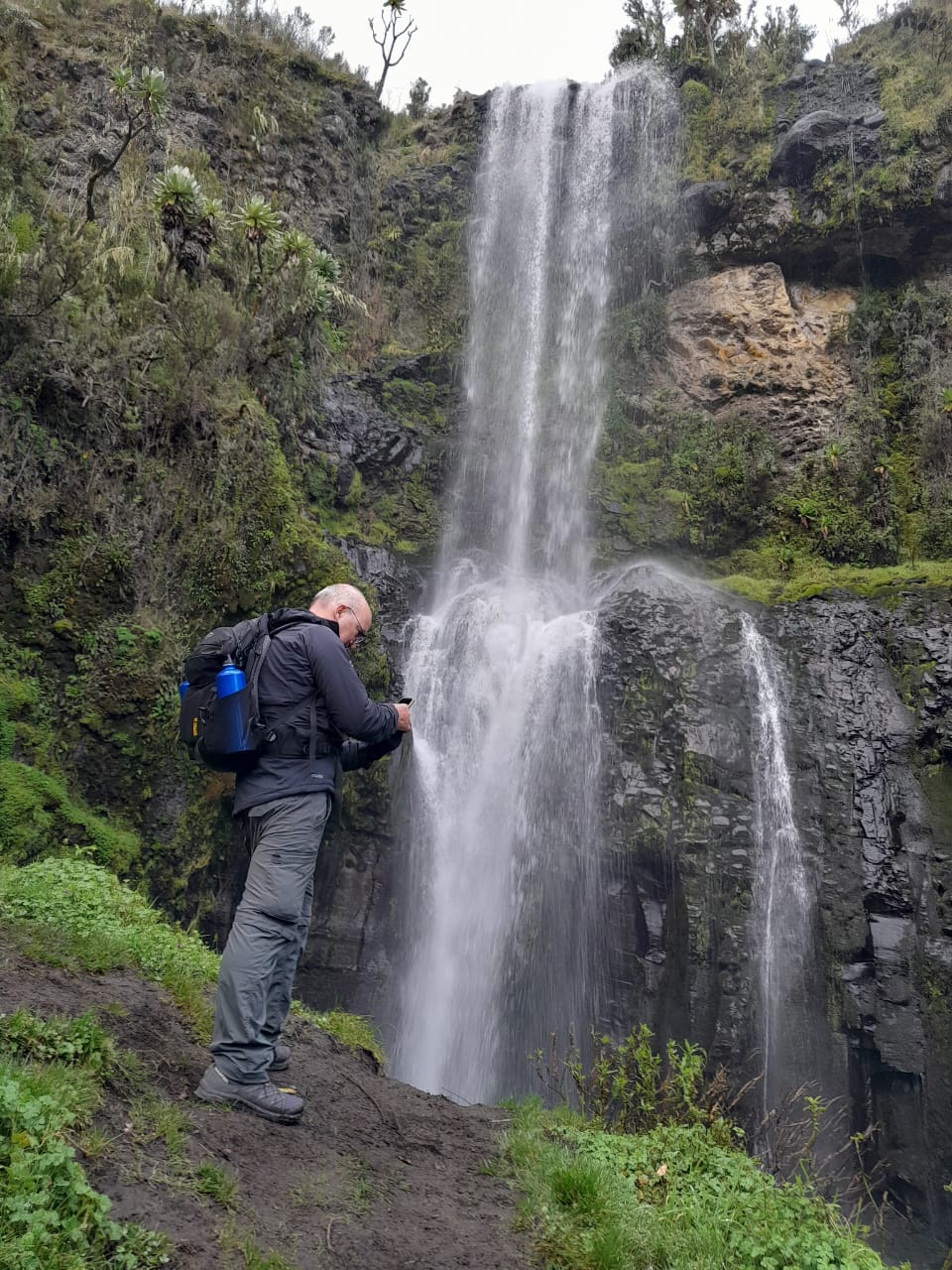
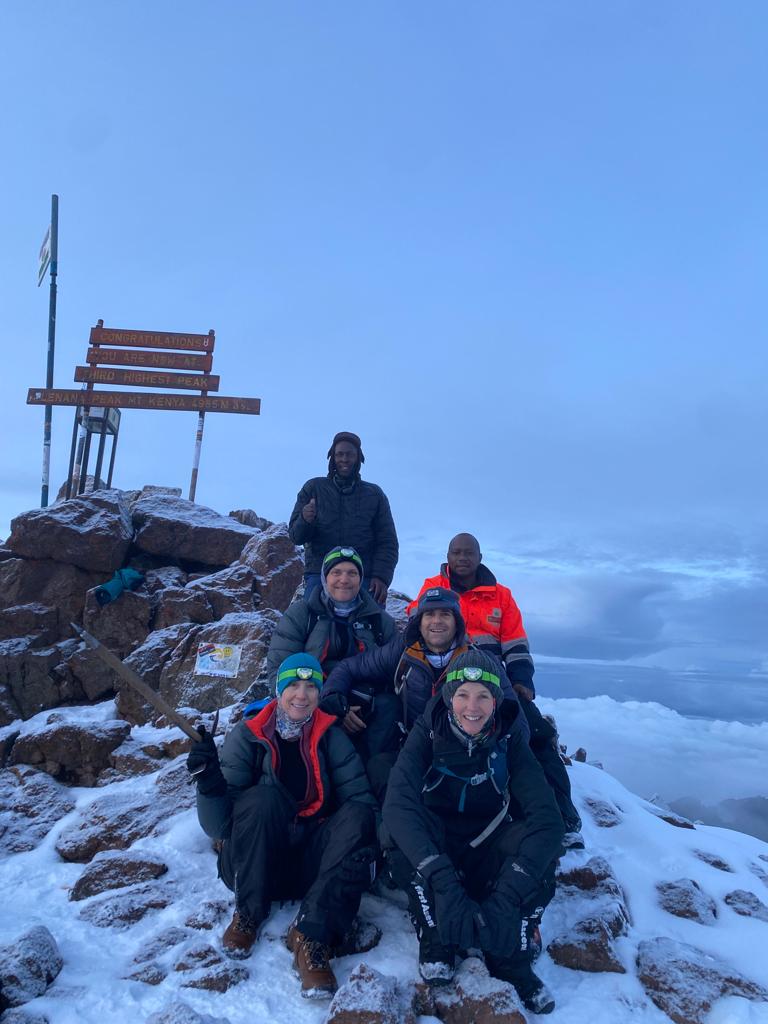
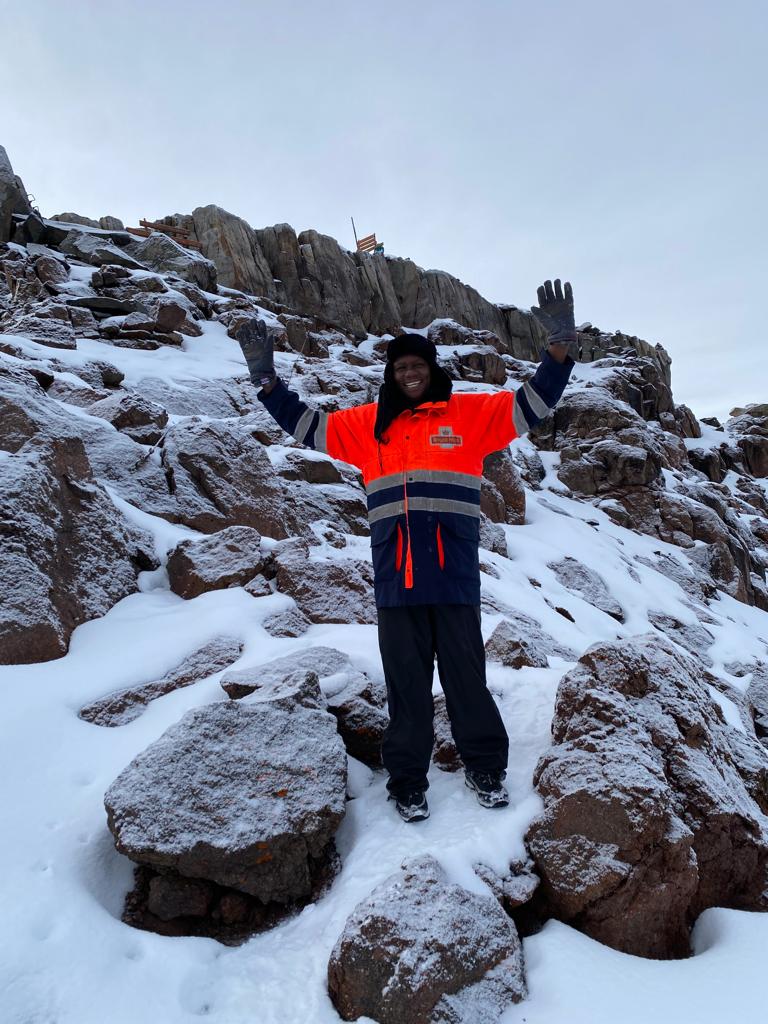

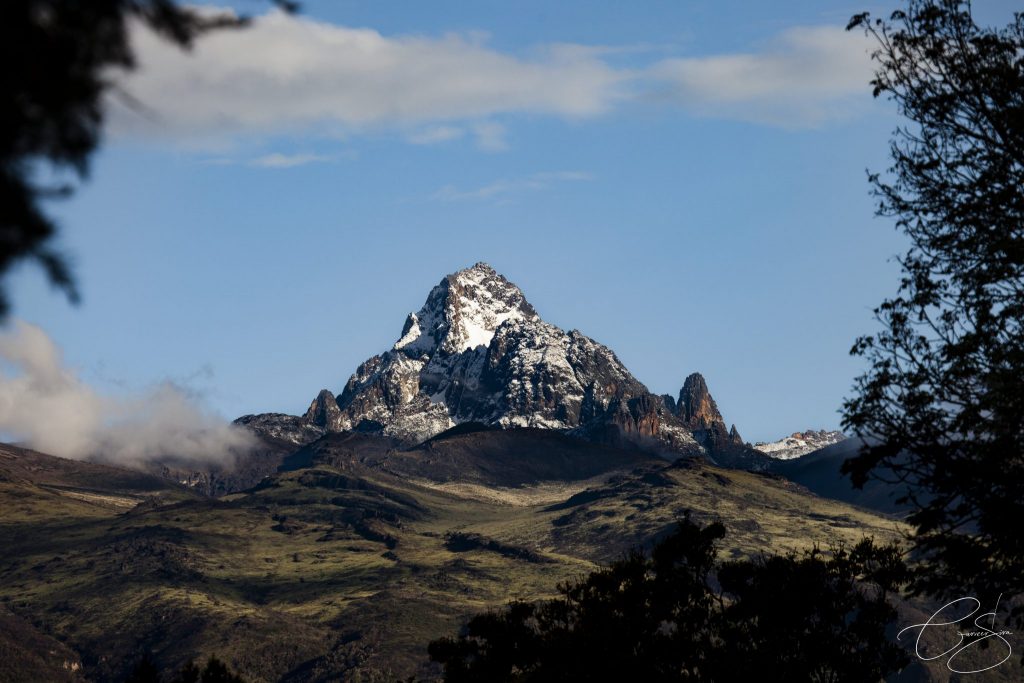
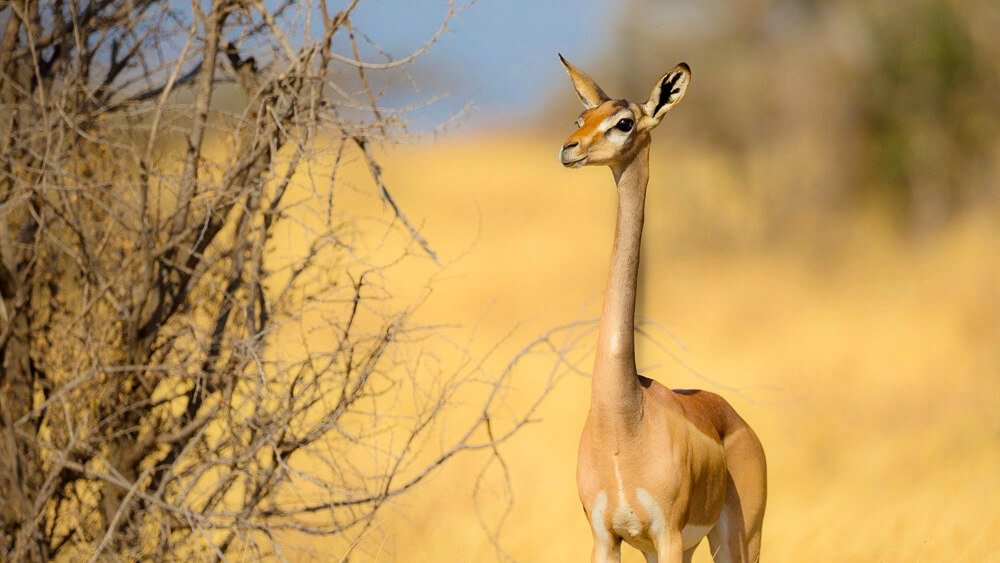


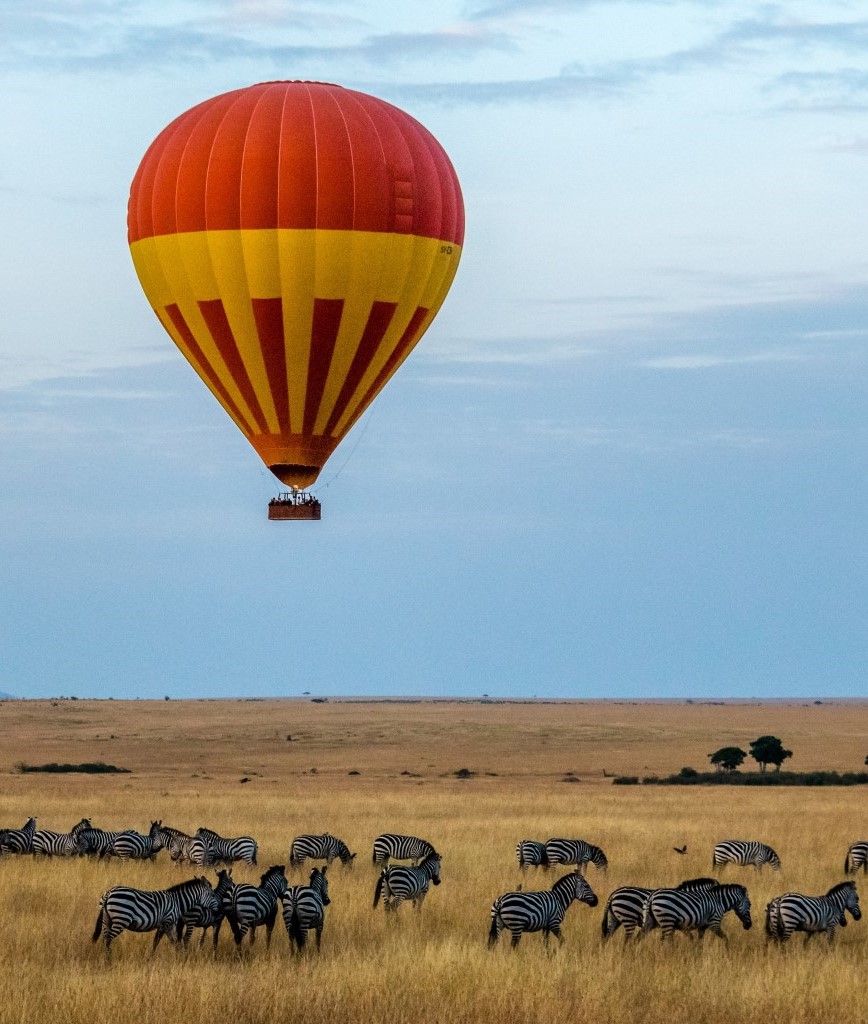

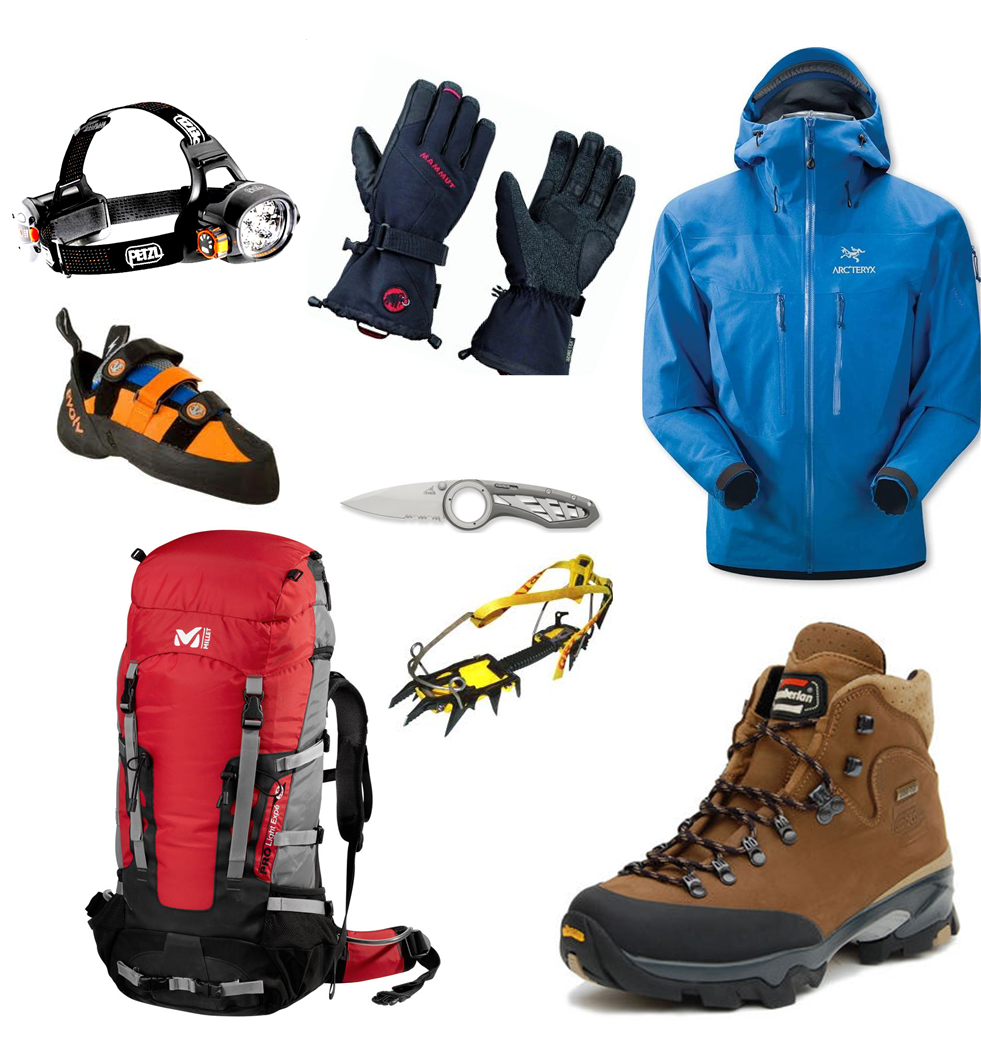
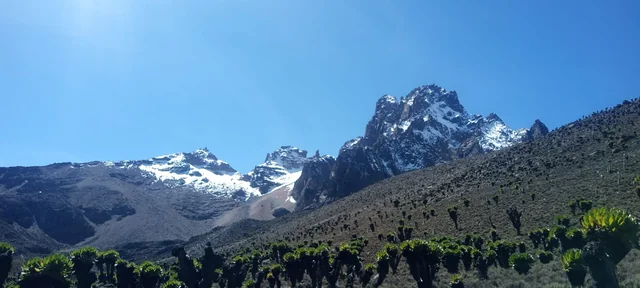
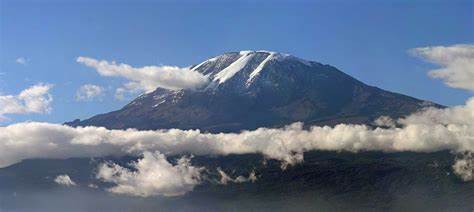
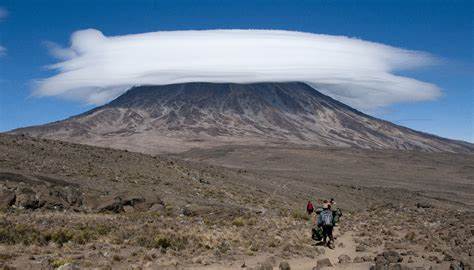

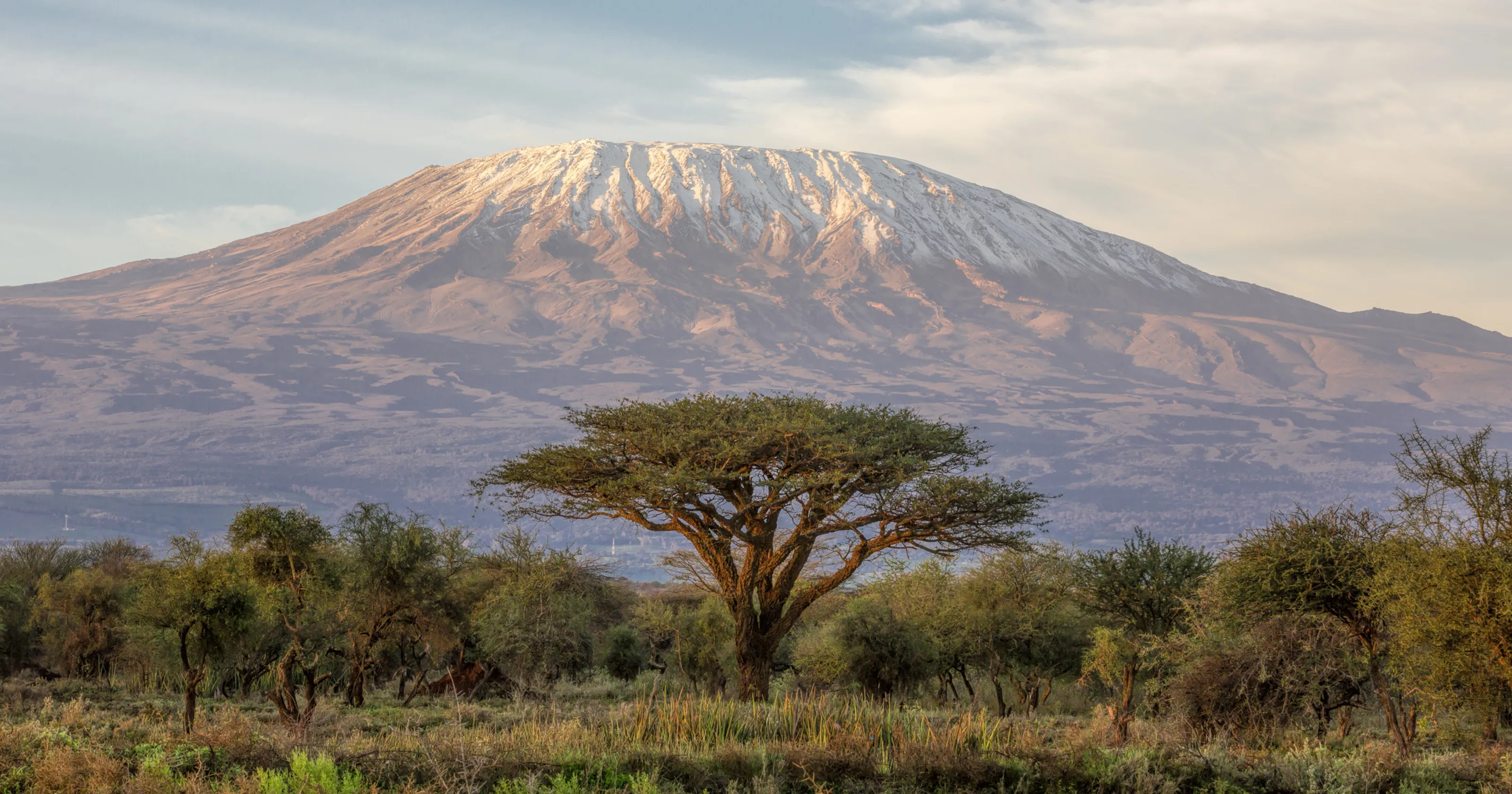



Comments
No comments yet. Be the first to comment!